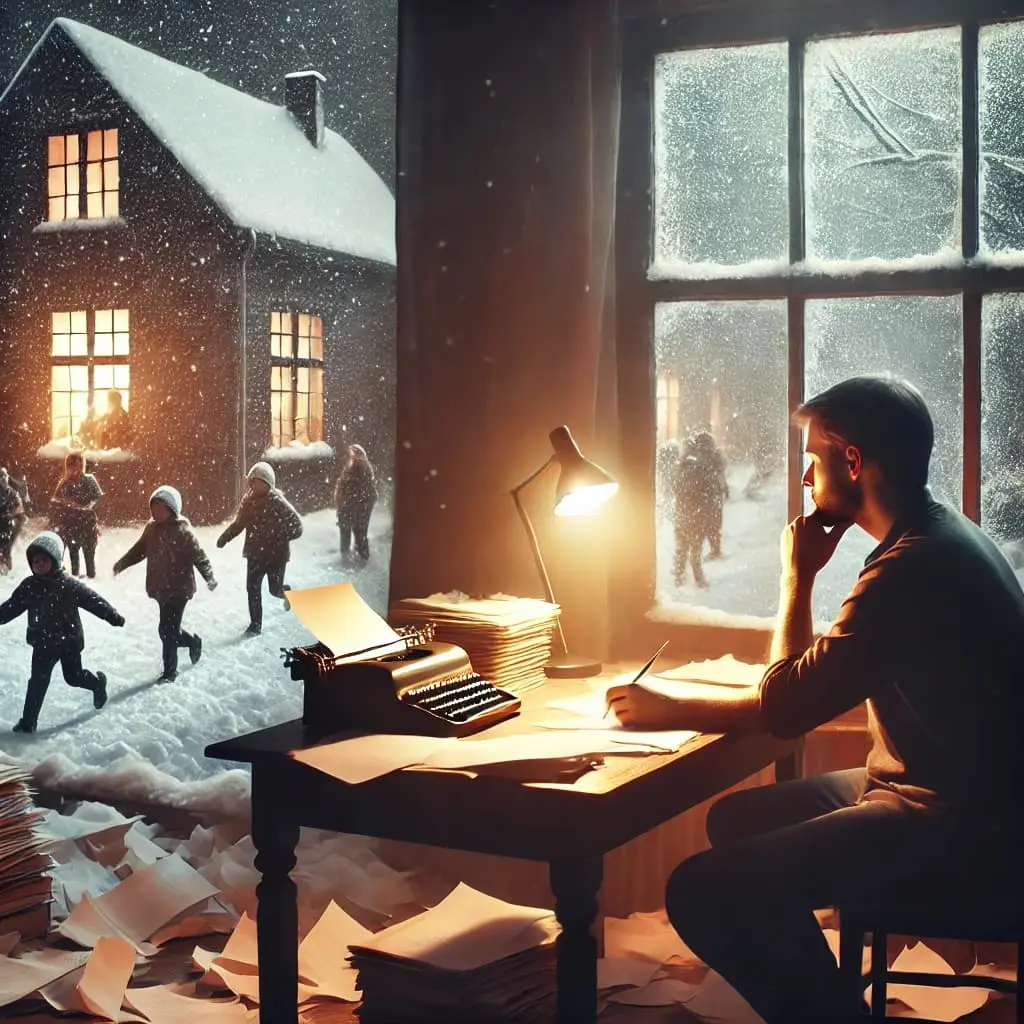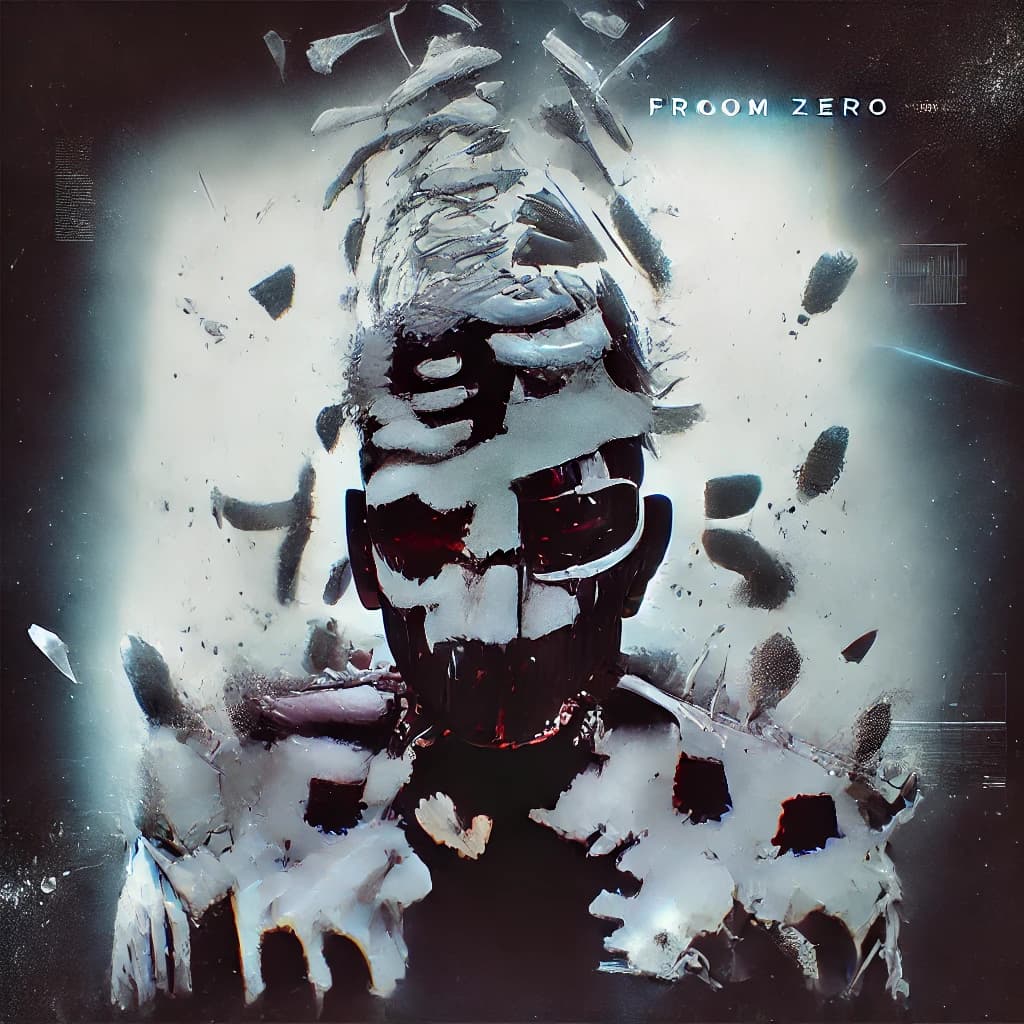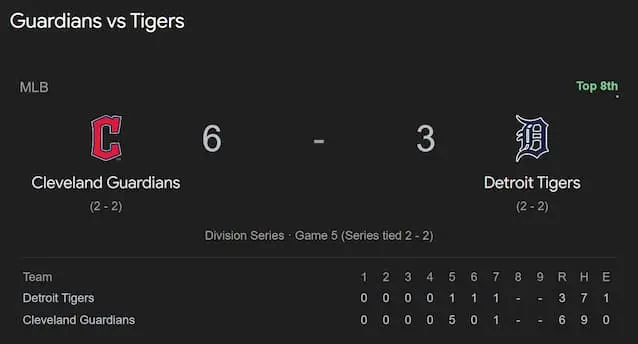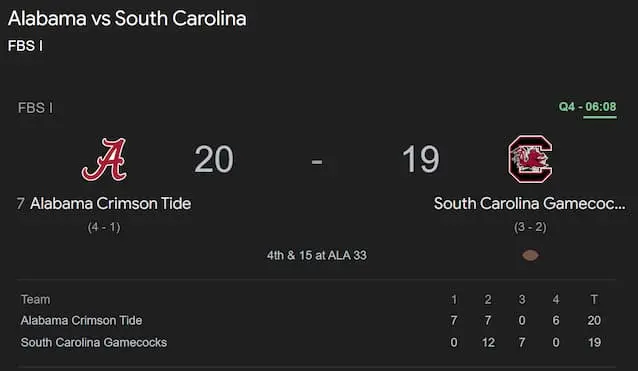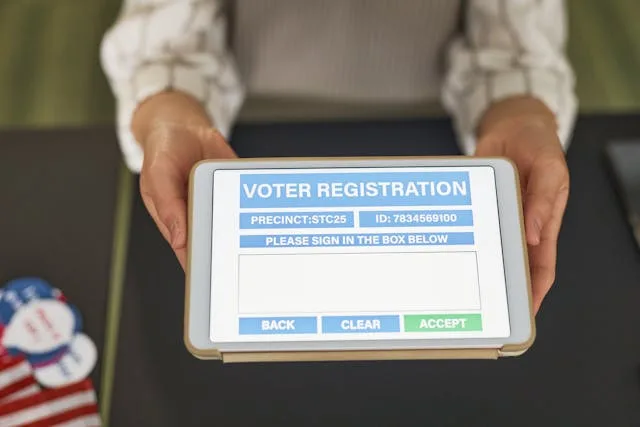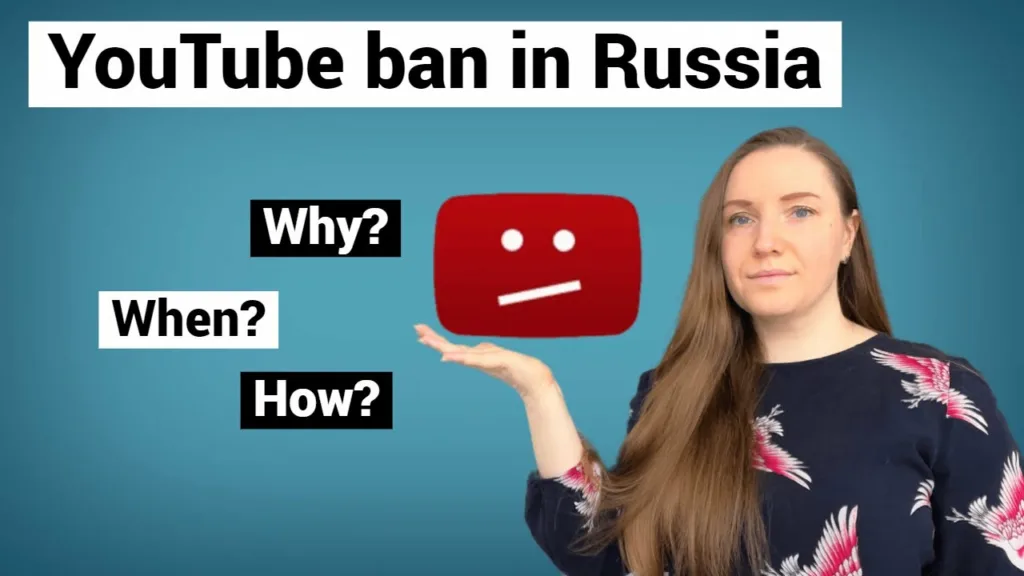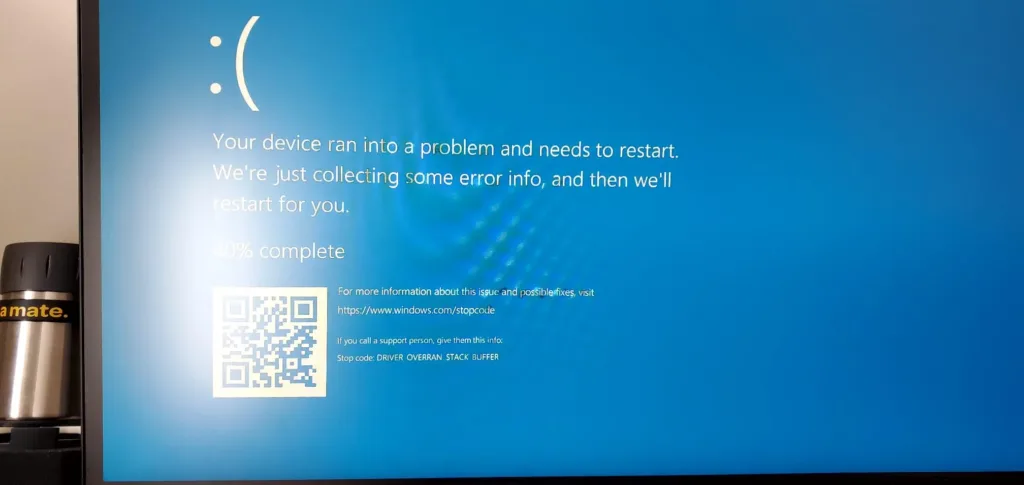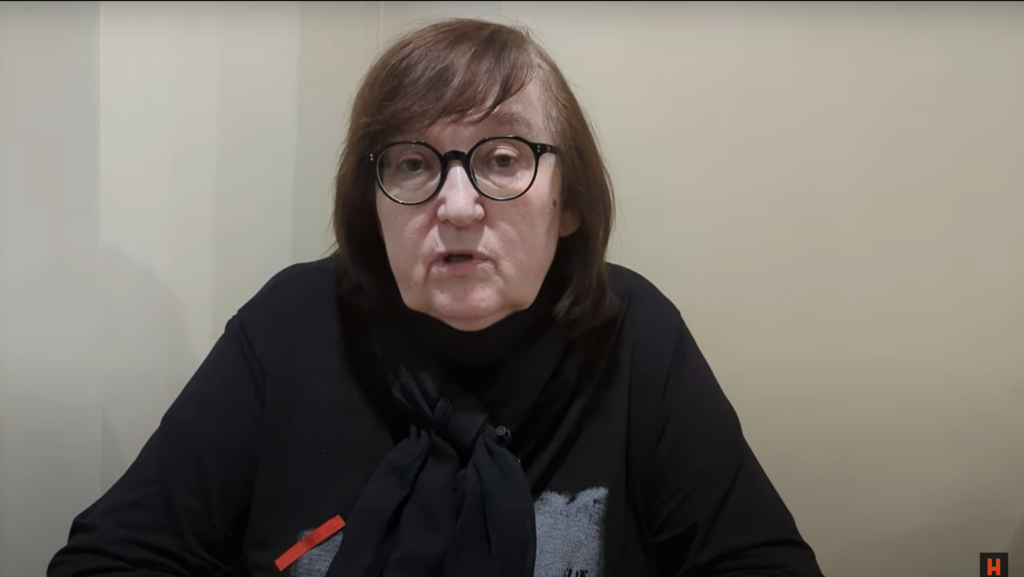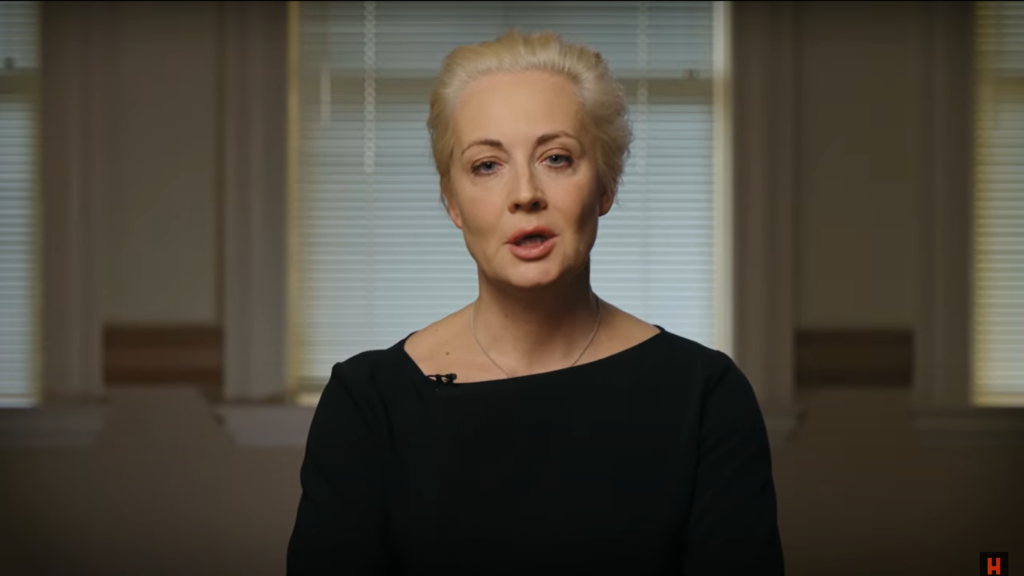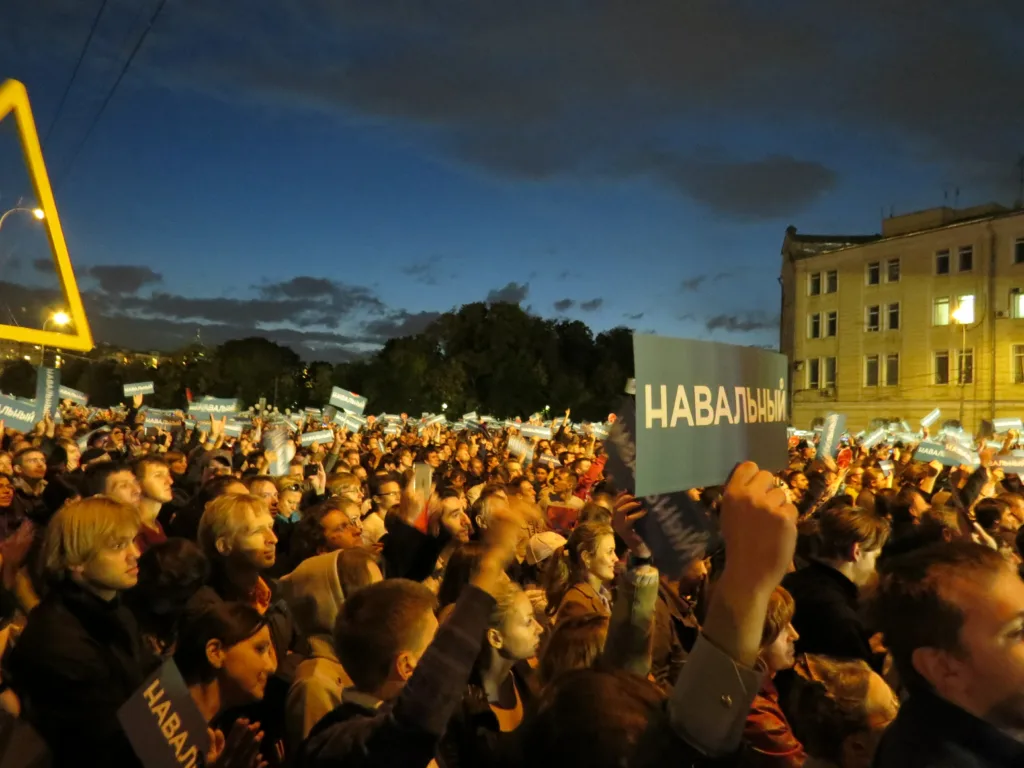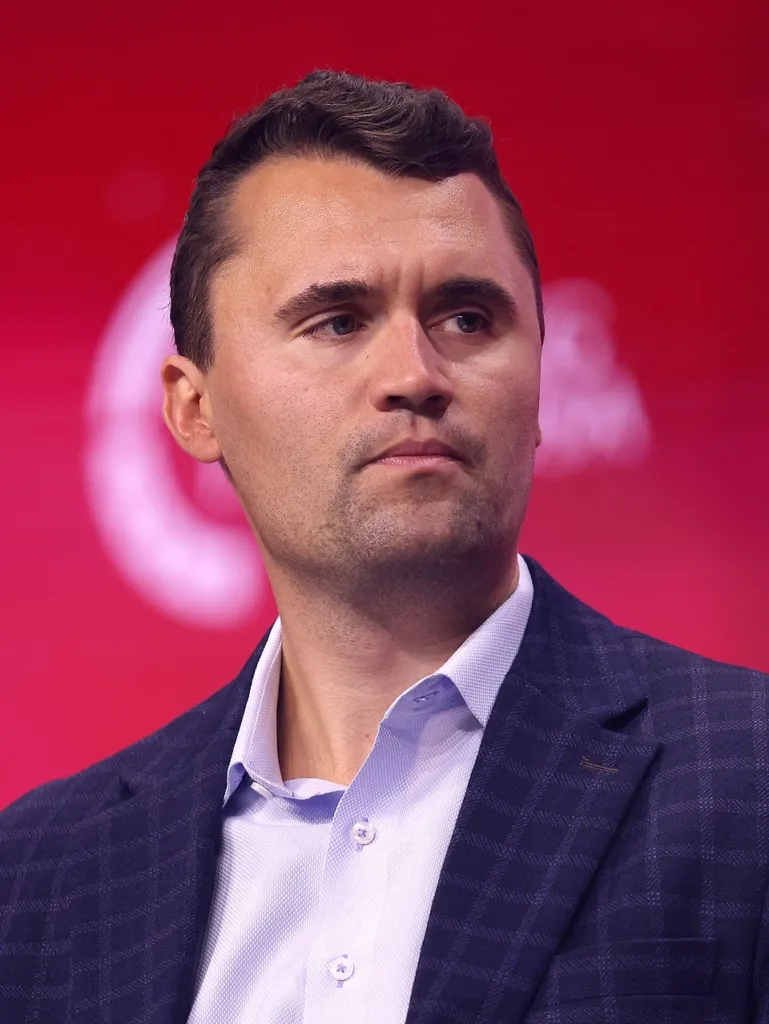Poland, 2025
It’s early morning in Warsaw. The sky is overcast, and the streets are quiet under a thin layer of frost. In a cramped apartment on the third floor of a Soviet-era building, Bartek Kowalski, a 36-year-old journalist, sits on his couch with a laptop on his knees. The headline on the screen reads:
“Trump Wins 2024 Election – America First Returns.”
Bartek sighs, running his hand through his hair. The words carry weight. For Eastern Europe—especially Poland—this news is more than a shift in leadership. It feels like the end of a lifeline. As if on cue, his phone buzzes with back-to-back messages from friends and colleagues:
“What do we do now?”
“Does NATO mean anything anymore?”
“God help us if Russia tries something.”
The same thought crosses Bartek’s mind, but he keeps it to himself. No need to stir panic just yet.
A Nervous Europe Reacts
Bartek turns his attention back to the TV, where European leaders deliver carefully worded statements. The anchors try to project calm, but there’s no hiding the undertone of worry in their voices.
- Germany expresses “hope for continued cooperation.”
- France calls for “cautious optimism.”
- Meanwhile, Russia’s Foreign Ministry posts a vague but ominous message on social media: “A new world order is inevitable.”
As Bartek stares at the screen, the realization sinks in: Poland isn’t even mentioned.
His phone buzzes again. It’s a message from Tomek, a friend serving in the military:
“They’re spotting more tanks near the Belarus border.”
Bartek’s stomach tightens. It’s not the first time Russia has moved troops near Poland’s borders, but with Trump back in the White House, there’s a dangerous new variable in play.
Old Wounds, New Fears
Bartek takes a moment to collect his thoughts. He can feel old fears creeping back, the kind that never really left Poland after the Soviet era. His grandfather used to tell him stories about 1939—how Poland was betrayed by its allies and left to fend for itself. Bartek thought the world had learned from those mistakes. Now, he’s not so sure.
He glances at the protesters gathering outside the government building. They carry signs with slogans like:
- “No More Betrayals!”
- “NATO or Nothing!”
- “Never Again 1939!”
The prime minister’s press conference comes on the TV, promising: “We remain committed to NATO and our allies. Poland will not stand alone.” But the words sound hollow, even to Bartek. He knows the government has been betting everything on U.S. military support—and now, that bet seems riskier than ever.
A Growing Sense of Isolation
Bartek types a quick reply to Tomek’s message: “Same old games, huh?” But even as he sends it, he knows things aren’t the same. This time, the stakes are higher. With a fractured NATO and a resurgent Russia, Poland’s options are narrowing by the day.
Bartek pulls on his jacket and steps outside. The cold air stings his face, and the streets are quieter than usual. People walk with their heads down, lost in their thoughts. It’s as if everyone can sense that something is shifting—a new chapter unfolding, and not in Poland’s favor.
The New Hitler & Stalin Alliance
Location: A closed-door meeting at Mar-a-Lago, Florida, 2025.
The media cameras have long been cleared, and the room is dimly lit. Donald Trump sits comfortably in an oversized leather chair, sipping Diet Coke. Across from him, Vladimir Putin leans back with the faintest hint of a smirk, swirling his tea. The two leaders exchange pleasantries, the kind that mask serious intent.
Trump gestures loosely. “I mean, look, Europe’s been freeloading off us for years. Poland? They’ve been crying about Russia since forever. Why should we waste money on them?”
Putin chuckles softly. This is exactly what he hoped to hear.
“They’ll manage… eventually.” His words are carefully chosen, his tone light. But both men understand the subtext.
Trump continues: “I’m just saying, Poland should take care of Poland. It’s not my problem if they picked the wrong friends.”
Putin nods slowly, allowing a comfortable silence to settle between them. This is how power shifts—one unspoken agreement at a time. The arrangement requires no formal signature, just an understanding that Trump will look the other way if Russia pushes its influence eastward.
“It’s how the world works,” Putin says at last. “Strong countries take what belongs to them.”
Trump grins, as if amused by a private joke. “Exactly! You know, people say I’m like Hitler.” He pauses, gauging Putin’s reaction. “But at least Hitler got things done.”
Putin’s smirk sharpens, his eyes narrowing slightly. “And Stalin… knew how to keep them.”
For a brief moment, the room falls into silence—two men, each driven by power and personal legacy, converging in a shared cynicism about the world order. They aren’t discussing policy or treaties; they’re talking about control, territory, and what they can take without consequence.
A Dangerous Shift
After a few moments, Trump waves off any lingering seriousness. “Anyway, I’ve got bigger things to worry about. The economy. Border security. Elections.”
Putin nods thoughtfully. “And I’ll be handling things on my end.”
The mutual understanding is now clear: Eastern Europe will be left to fend for itself. The U.S. will not intervene, no matter how much Poland pleads or protests.
As Putin stands to leave, Trump leans in slightly, his voice dropping:
“Just make it clean. No messy wars that’ll get me bad press.”
Putin smiles politely, as if making a trivial promise. “Of course.”
A Return to Spheres of Influence
As the meeting concludes, neither man feels the need to spell out specifics. The future has already been decided. What unfolds in Poland—and perhaps beyond—will be nothing more than a footnote in their calculations.
The echoes of history hang between them, unspoken but undeniable. Two authoritarian figures, each seeing themselves as the rightful rulers of their time, reshaping the world as if it were a game board. For Trump, it’s about image and influence. For Putin, it’s about reclaiming lost power.
When the doors finally open, the two leaders part with friendly nods. Trump offers a half-smile and a lazy wave, as if they’d just discussed a business deal. Putin steps into the Florida sun, satisfied that the first move has already been made.
Poland on Alert
Location: Warsaw, Poland – Military Headquarters
The hum of fluorescent lights buzzes overhead as General Piotr Nowak stares at the satellite images spread across the table. Russian armored vehicles have been spotted massing near the Belarusian border. It’s a pattern the Polish military knows too well—a slow, deliberate buildup that always precedes something larger.
The room is crowded but quiet. Officers murmur updates over radios, analysts type feverishly at laptops, and the tension in the air is unmistakable. This isn’t just another exercise; everyone senses that something real is unfolding.
General Nowak shifts in his chair and glances at the clock. Trump’s election has shifted the dynamics overnight, and every soldier in the room knows that the promise of NATO support is now in question.
Contingency Plans in Motion
Nowak clears his throat and leans over the table, addressing the assembled officers. “If Russia crosses the border, we initiate Plan W.” The plan is a last-ditch defense strategy—mobilize ground forces, secure key cities, and hold out as long as possible until NATO intervenes. If NATO intervenes.
“We don’t assume American assistance,” Nowak adds flatly. It’s the unspoken reality everyone must face.
A younger officer shifts uncomfortably. “Sir, what if… they don’t stop at Belarus?”
Nowak fixes him with a hard stare. “Then we stop them.” He knows the answer is grim, but there’s no room for doubt in this room. The message must be clear: Poland cannot afford to hesitate.
A Sobering Message from the Prime Minister
The prime minister’s voice cuts through the room, live from a press conference:
“We have every reason to believe that NATO will honor its commitments. However, we must be prepared for any outcome. Poland will defend itself—no matter the cost.”
Nowak mutes the broadcast and exhales slowly. He knows it’s a bluff. Poland’s government has no illusions about the situation. They’ve relied heavily on American military support for years. Now, with the U.S. pivoting inward under Trump, the old promise of Western protection feels more fragile than ever.
NATO in Disarray
Reports from Brussels don’t inspire much hope. NATO leaders are scrambling to reassure their member states, but without clear support from Washington, their promises seem hollow. France and Germany offer words of solidarity, but they lack the political will—or the military strength—to take meaningful action.
Bartek Kowalski, the journalist from earlier, scrolls through the headlines on his phone:
- “Poland Urges NATO to Deploy Troops”
- “Russian Drills Along Belarus Border Raise Tensions”
- “White House: ‘Europe Must Handle Its Own Defense’”
He types a quick update on his blog: “Poland waits in the cold, as the West debates.”
Preparing for the Worst
In the streets, soldiers are deployed to key infrastructure points—bridges, rail stations, and airports. Civilians notice the increased military presence and start stockpiling essentials—fuel, medicine, food. Old fears return, and memories of the Soviet occupation flood back. “We can’t trust anyone but ourselves,” people whisper.
At military HQ, Nowak issues the final orders. Poland’s air force is placed on high alert, and armored units begin moving toward the eastern border. The officers in the room work methodically, knowing that they may soon be called to act.
The stakes are clear: if Russia moves, Poland will have to fight alone—at least at the beginning.
Quiet Resolve
As night falls over Warsaw, General Nowak stands at the window, looking out at the city below. For now, things are calm. No bombs, no tanks, no airstrikes—just silence. But in his gut, he knows the silence won’t last.
He turns back to the room and says, “Get some rest. It could start at any time.”
Outside, the streets are eerily quiet, as if the city itself is bracing for what’s to come. The soldiers stand watch under flickering streetlights. Poland is ready—but the question remains: who will stand with them when the time comes?
The Fallout Begins
Location: Eastern Poland, near the Belarus Border – A Military Outpost
The first reports come in just before dawn: Russian forces have crossed the Belarus-Poland border. There is no formal declaration, only the grinding sound of tanks and the sharp crack of artillery in the early morning mist.
At a forward outpost, Lieutenant Marek Zielinski stares through his binoculars as dark shapes emerge along the horizon. The calm they’ve endured over the past few days is gone. War has arrived.
“This is it,” Marek mutters to the soldier beside him.
The young private swallows hard, shifting nervously. They’re outnumbered, but retreat isn’t an option.
The radio crackles to life. Orders are simple: hold the line.
Chaos in Warsaw
The news spreads fast. Within hours, Warsaw erupts in confusion. Government officials scramble to coordinate a response, but the magnitude of the attack catches everyone off guard. Air raid sirens wail across the capital as citizens crowd underground shelters, clutching their phones for news.
At a press briefing, the prime minister’s face is drawn and pale as he speaks to the nation:
“We are under attack. Poland will defend itself. We call on NATO to fulfill its obligations under Article 5.”
But the words feel hollow. There’s no immediate response from Washington. The usual assurances of solidarity have been replaced with silence. Trump’s administration issues a brief statement:
“We are monitoring the situation closely. Europe must lead on European defense.”
NATO’s Dilemma
In Brussels, NATO convenes an emergency session. Diplomats debate the scope of their response, but fractures are already visible. France and Germany urge caution, worried about escalating the conflict into a full-scale war. The smaller Eastern European countries demand immediate military support, desperate to contain Russian aggression.
Without American leadership, NATO hesitates. The alliance, built on the assumption of unwavering U.S. involvement, now teeters under the weight of indecision.
Meanwhile, Russia’s state-controlled media paints the invasion as a “peacekeeping operation” to protect Belarusian interests. Putin has calculated correctly: NATO’s delay buys him time to secure a foothold in Poland’s border regions.
The Human Toll
In towns along the eastern border, families flee westward in overloaded cars, desperate to escape the fighting. The roads are jammed, and gas stations run dry within hours. Marek’s unit, holding the frontline, sends grim updates:
“We’re losing ground. More tanks on the way. We need air support—where is NATO?”
Back in Warsaw, Bartek Kowalski updates his blog with a bitter headline:
“Poland Alone: Where Are Our Allies Now?”
The reality is sinking in: the promises made in peace are rarely honored in war.
Trump’s Calculated Gamble
In the White House, Trump addresses the nation from the Oval Office. He speaks confidently, as if the crisis is distant and irrelevant to American interests.
“We sympathize with Poland, but let me be clear—our priority is America first. Europe must handle this on their own.”
The message is clear: Poland is not worth the political risk. Trump’s supporters cheer the speech, praising him for keeping America out of another “endless war.” European leaders, however, are left reeling. If the U.S. abandons Poland, who might be next?
In Moscow, Putin watches the broadcast with quiet satisfaction. His gamble has paid off. The new world order he envisioned is beginning to take shape.
A Nation on Its Own
Back in Warsaw, Bartek steps out of his apartment and looks up at the gray sky. For now, the bombs haven’t reached the capital, but everyone knows it’s only a matter of time. Around him, life goes on—shops remain open, children play in the streets, but there’s an underlying sense of dread. This isn’t just Poland’s fight; it’s a test of whether alliances mean anything at all.
At military HQ, General Nowak issues new orders: mobilize every available unit. If they have to fight alone, so be it. The soldiers at the border know the odds are against them, but they will stand their ground—for as long as they can.
The World Reacts
Location: New York, Brussels, Warsaw, Moscow – 2025
The world wakes up to the headlines: “Russia Invades Poland.” Across continents, the reactions are swift but fragmented—each nation calculates its next move, balancing caution against responsibility. In this new reality, everyone is forced to decide what matters most: principles or self-preservation.
Washington’s Response
The White House press briefing is packed. The room buzzes with tension as journalists fire questions at the press secretary, desperate for clarity. But the administration’s message remains the same:
“We are monitoring the situation, but the United States will not escalate this conflict. We encourage diplomatic solutions and stand ready to assist with negotiations.”
The phrase “assist with negotiations” sends a shiver through Eastern Europe. For Poland, negotiations mean capitulation.
Trump tweets from Mar-a-Lago:
“Russia’s actions are unfortunate, but it’s time Europe takes care of its own problems. America has done enough!”
His base cheers, praising his focus on domestic priorities. But to the rest of the world, the message is clear—the U.S. no longer guarantees security beyond its borders.
NATO Fractures
In Brussels, chaos reigns. NATO’s emergency session stretches into the night, with no unanimous decision in sight. France and Germany insist on diplomatic pressure, unwilling to commit troops to Eastern Europe.
Poland’s ambassador pounds the table, his frustration boiling over.
“If NATO won’t act now, when will it? After Warsaw falls?!”
The room falls silent. The old alliance, once seen as unshakable, is crumbling in real-time.
In the corridors outside, whispers spread: If the U.S. won’t lead, perhaps NATO itself no longer has a purpose. Nations quietly begin rethinking their own security policies—a shift that will ripple through Europe for years to come.
Poland Fights Alone
Meanwhile, on the eastern front, Polish soldiers dig in. Marek Zielinski’s unit holds a key crossroads, cutting off Russian advances deeper into Poland. The fighting is relentless—tank shells and mortar fire pound the earth, turning farmland into fields of mud and debris.
Marek sends his last update over the radio:
“We can’t hold for long. Where the hell is NATO?”
There’s no response. There never will be.
At HQ, General Nowak studies the battlefield reports with grim resolve. He knows the odds—they won’t win this war without help. But Poland will fight until it no longer can.
Protests Erupt Worldwide
Across Europe and the U.S., protesters flood the streets, demanding action. Demonstrations in Berlin, Paris, and New York call for NATO intervention. “Defend Poland! Stop Russian Aggression!” the signs read, but the chants feel more like pleas than demands.
Bartek Kowalski livestreams from Warsaw’s main square, where thousands have gathered under the looming threat of airstrikes.
“We are here, standing together. If our allies won’t save us, we’ll save ourselves.”
His words resonate around the globe, but tweets and hashtags won’t stop tanks. Poland needs real action—action that isn’t coming.
Putin Tightens His Grip
In Moscow, Putin addresses the Russian people from the Kremlin. His tone is calm, confident, almost paternal.
“We have taken steps to ensure the safety of Belarus and the region. This is a necessary operation to protect our interests from NATO’s encroachment.”
The message isn’t for the West—it’s for Russians. Putin’s power relies on controlling the narrative, and with Trump out of the way and NATO in disarray, he has free rein to reshape Eastern Europe however he sees fit.
He offers vague assurances that peace will soon return, but in truth, the invasion is only the beginning. This is about more than Poland—it’s about rebuilding Russia’s sphere of influence, one shattered border at a time.
The End of an Era
As the days pass and fighting drags on, Poland’s situation worsens. Cities are shelled, and supply lines grow thin. The promised NATO troops never arrive, and Polish forces slowly retreat westward, fighting for every inch of ground.
Warsaw remains intact, for now, but everyone knows it’s only a matter of time. Bartek types the final line of his latest article:
“The West has chosen comfort over courage. Poland will remember.”
A New World Order
In the weeks that follow, the geopolitical landscape shifts drastically. Nations start forging new alliances, no longer trusting old guarantees. Smaller countries in Eastern Europe quietly open back channels to Moscow, hoping to avoid Poland’s fate.
China watches closely, taking notes. If America abandons Europe, what’s to stop them from taking Taiwan?
The invasion of Poland marks the beginning of a new era—an era where strength determines survival and promises are as fleeting as the next election cycle.
In Warsaw, the snow falls quietly on the streets. Soldiers patrol the half-empty avenues, waiting for the inevitable. The storm has arrived, and Poland stands alone.
The Reckoning
Location: Warsaw, Brussels, Moscow – Several Months Later
The war drags on. Poland fights with everything it has, but without external support, the cost becomes unbearable. Towns near the border lie in ruins, supply chains falter, and thousands of civilians are displaced. The nation’s spirit, however, remains unbroken—a people who know betrayal yet refuse to surrender.
Warsaw’s Last Stand
In the heart of Warsaw, a sense of grim determination prevails. Military checkpoints dot the streets. Volunteer brigades, many without proper training or equipment, take positions alongside professional soldiers. Bartek Kowalski patrols the streets, livestreaming updates to the world. His following has exploded—millions now watch Poland’s struggle unfold in real-time.
He looks into his phone camera:
“Warsaw stands. We will not fall without a fight.”
Nearby, Lieutenant Marek Zielinski stands with his battered unit. He’s lost half his men in skirmishes along the eastern front, but retreat was never an option.
“This is our home,” Marek says to his men. “We hold it, or we die here.”
The message spreads: Poland will defend itself, even if no one else does.
NATO’s Irrelevance
In Brussels, the rifts in NATO are now undeniable. With the U.S. refusing to intervene, the alliance’s credibility is shattered. France and Germany push for a negotiated settlement, but their Eastern European counterparts reject the idea—any compromise with Putin would be seen as a defeat.
Behind closed doors, diplomats trade accusations and point fingers. “We are watching the death of NATO in slow motion,” whispers a senior ambassador.
Poland’s fate has become a symbol of the alliance’s failure.
The ripple effects are immediate: smaller nations on Russia’s periphery quietly begin aligning with Moscow, hoping to avoid Poland’s fate. Trust in collective defense is gone—every nation is now on its own.
The U.S. Plays the Long Game
Back in the U.S., Trump holds a rally in Florida. His supporters cheer as he doubles down on his non-intervention stance:
“We’ve stayed out of another pointless European war, folks. And we’re stronger for it!”
Meanwhile, the Pentagon quietly assesses the damage. Military strategists know that Poland’s fall isn’t just a regional event—it’s a turning point in global power dynamics. China, emboldened by America’s inaction, increases its naval presence near Taiwan. The global order is shifting, and the U.S. is playing catch-up.
Moscow Declares Victory
In a televised address, Putin proclaims Russia’s “mission” a success. Russian forces consolidate control over key Polish regions, securing a new buffer zone between NATO and Russia. It’s not a full occupation, but it sends a message—Russia will decide Eastern Europe’s future.
The West’s response is tepid: sanctions are issued, diplomats are expelled, but it’s too little, too late. The era of American hegemony is over. In its place rises a new order—one where strength matters more than treaties, and fear outweighs promises.
Poland Rebuilds from the Ashes
Warsaw eventually falls—but not in spirit. The Polish resistance continues in the countryside, waging guerilla warfare against occupying forces. Underground networks smuggle supplies, and encrypted communication lines keep hope alive. Marek leads his remaining men in hit-and-run attacks, refusing to let the fight die.
Bartek’s blog becomes a beacon for the resistance. His words resonate across borders:
“Warsaw may have fallen, but Poland never will.”
In the years to come, this phrase becomes the rallying cry for a new generation—a generation that will not forget who stood by them and who didn’t.
A Legacy of Betrayal and Defiance
Years later, historians will mark this conflict as the moment the world changed. The betrayal of Poland triggers the collapse of NATO, the rise of regional powers, and the end of America’s dominance on the global stage.
But for Poland, the lesson is simple:
“We fight for ourselves. Alliances are built on promises—until they aren’t.”
Bartek, older now but still defiant, reflects in a final blog entry:
“We learned the hard way, but we learned. We survived without them. And when the next fight comes—because it will—we won’t be asking for help.”
The Snow Falls Once More
In Warsaw, the seasons turn. The snow falls again, covering the scars of war. Children play in the streets, and shops slowly reopen, but the memory of betrayal lingers beneath the surface. This is a nation that will never trust easily again.
Marek Zielinski, now retired, stands at a monument dedicated to those who fought in the war. His comrades’ names are etched into the stone, along with the words:
“For those who stood alone and still stood strong.”
He lights a cigarette, watching as the snow drifts gently down. The storm has passed, but Poland remains.
The Resurgence
Location: Warsaw, 2030
Five years have passed since the war, and Poland is slowly rebuilding. The scars of conflict are still visible, but the spirit of the nation has transformed into one of resilience and determination. The world watches closely—Poland’s fight against oppression has become a symbol of defiance, inspiring movements in other regions under authoritarian rule.
A New Generation of Leaders
In the Polish parliament, a new wave of leaders emerges. Young politicians, many of whom experienced the war firsthand, advocate for a stronger national identity and a more assertive foreign policy. Their mantra: “Never again.”
At a press conference, one of these leaders, Anna Kowalska, addresses the nation.
“We have learned from our past mistakes. Poland will no longer rely on promises; we will ensure our own security and build alliances that reflect our values.”
The room is packed with reporters, and her words resonate far beyond Poland’s borders. Other nations, disillusioned by their own experiences with betrayal, begin to look to Poland as a model for a new kind of strength—one rooted in self-sufficiency and mutual respect.
Economic Recovery
Despite the initial devastation, Poland’s economy begins to show signs of recovery. Foreign investment flows in as global companies seek to tap into a workforce that has proven its resilience under pressure. New industries emerge, focusing on technology and renewable energy, positioning Poland as a leader in the European market.
In Warsaw’s bustling streets, construction cranes rise, and new businesses thrive. Cafés and shops fill with life again, and the once-battered city starts to pulse with energy. Bartek’s blog has evolved, now featuring stories of hope and recovery, along with calls for solidarity across Europe.
The Power of Memory
Memorials are erected throughout the country to honor those lost in the war. Schools integrate the lessons of this period into their curricula, teaching children about the importance of vigilance, diplomacy, and courage.
At a newly opened museum dedicated to the conflict, visitors walk through exhibits showcasing personal stories of bravery. Bartek’s writings are featured prominently, symbolizing the role of media in shaping the narrative during the war. He reflects on this honor, realizing his words helped inspire a movement far beyond what he imagined.
Rebuilding Alliances
With a newfound sense of confidence, Poland reaches out to its neighbors—the Baltic states, Ukraine, and even Germany. These nations, wary after the conflict but recognizing the need for cooperation, begin forming a new coalition.
They hold conferences to discuss mutual security, economic ties, and cultural exchange. The goal is clear: to prevent history from repeating itself. As alliances strengthen, the shadow of Russia looms less ominously.
In a pivotal moment, representatives from each nation sign a mutual defense pact, signaling a united front against potential aggressors. The event is celebrated across Europe as a turning point—a promise that together, they will stand firm against any threat.
The Global Impact
The international community watches closely. Poland’s resurgence becomes a case study in resilience, prompting discussions in other nations facing similar challenges. Grassroots movements spring up, advocating for democratic values and stronger ties among allies.
In China, government analysts study Poland’s transformation, understanding that the balance of power is shifting. They begin reevaluating their own strategies in the face of a unified Europe that refuses to be bullied.
A Symbol of Hope
As winter approaches, a new symbol emerges in Warsaw—a large statue of a Polish eagle stands tall in the central square, wings spread wide. It is a testament to the spirit of the nation—a reminder of what they fought for and what they have become.
During the unveiling ceremony, Marek stands alongside Anna and Bartek, watching the crowd cheer.
“This is not just for us,” Marek says, emotion in his voice.
“It’s for everyone who believes in standing up for what is right.”
Bartek captures this moment in his writing, knowing that the story of Poland is still being written—a narrative of defiance, unity, and hope that will echo through generations.
The Future Beckons
As the crowd disperses, the first snow begins to fall, blanketing the ground in a layer of white. The air is filled with laughter and the warmth of renewed hope. Poland stands at a crossroads, ready to face the future not with fear, but with the courage to forge its own destiny.
The world watches Poland’s resurgence, a beacon of light in a tumultuous landscape, reminding everyone that from the ashes of conflict, a new strength can rise.
Epilogue: A Writer’s Reflection
Bartek sits at his desk, the soft glow of the lamp illuminating scattered papers and his laptop. Outside, children’s laughter fills the snow-covered streets—a reminder of how far Poland has come.
He pauses, reflecting on the journey. The weight of his words has grown heavier since the war, but so has his resolve. Each article carries the stories of those who fought, endured, and still struggle to find their way.
“We survived,” he murmurs, “and now we thrive.”
Bartek thinks of Marek mentoring young leaders and Anna, now a symbol of Poland’s resurgence, her fiery speeches sparking hope. But he knows it’s the ordinary people—mothers, children, and neighbors—who define the nation’s spirit.
With every keystroke, he captures Poland’s resilience. He types the closing lines of his latest piece: “We are Poland, and we will not be defined by our struggles but by how we rise from them. Together, we build a future where hope prevails and unity reigns.”
Satisfied, Bartek hits publish. Poland’s story isn’t over—it’s just beginning.
